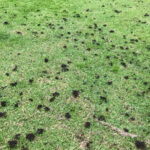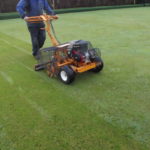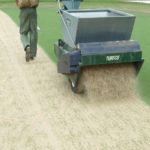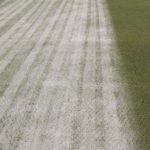
If a product’s real purpose is to kill earthworms then this is now illegal for turf application in the UK. It's always best to stay compliant with UK pesticide legislation, honest with your players and committee, and aligned with a longer-term view of soil health. That’s been the Bowls Central way since day one.
Downcast is a non-pesticidal liquid that deters surface worm activity and encourages it deeper in the profile. It doesn’t kill worms; it helps keep their good work (aeration, aggregation, nutrient cycling) where it benefits the soil without spoiling the playing surface.




